Guest Post by Tracey Norman
Hello, everyone – I’m Tracey Norman, a multi-genre author based in south-west England. I write horror, fantasy, children’s, historical drama and a folklore column in a newspaper; I have a hungry mind and am interested in a wide variety of subjects, many of which pop up in my work. However, the one thing which features most frequently is history.
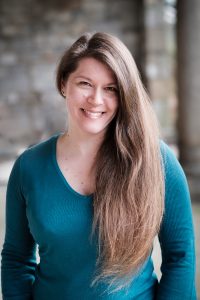
Tracey Normal – Author. Photo by by James Brokensha.
This really began when I was invited to contribute a short story to a Lovecraftian-themed horror anthology set in the south-west, which happened about a year before I graduated from The Open University with a First Class Honours degree in History. I used to live quite close to Dartmoor in Devon, which has always held a fascination for me, so, being cursed with self-doubt, I chose to play it safe with my writing and go with what I knew best. I decided to create a back-story for some fascinating artefacts on the moor. Usually, they are submerged beneath the waters of a reservoir, but if the water levels drop sufficiently, an ancient village is revealed: hut circles, a medieval pack bridge, a clapper bridge, a boundary and a well. The huts had been long since abandoned when the reservoir was created, but I often wondered who had lived there. It seemed the most natural thing to couple my knowledge of archaeology and my knowledge of Dartmoor to create a chilling tale about why the village was drowned. There was very little about the place in the historical record, so I took what I had found, plus my knowledge of the area and what I had seen of the artefacts personally, and wove it into my narrative. There’s just enough fact in there to make my fiction seem possible…
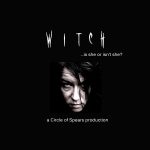
Witch – a Circle of Spears Production
Since then, almost everything I have written has involved some degree of historical or folkloric research. My drama WITCH (2016), for instance, takes its inspiration from a 1687 witch trial from Dorset in southern England. Initially, I wanted to dramatize an actual trial transcript, but when I got a copy of an obscure case, held by the Museum of Witchcraft and Magic in Boscastle, Cornwall, my writing took a completely different turn because the social history the case revealed was utterly compelling and I knew that this was the story I had to tell. It had no devil pacts, no familiars, broomsticks or spells; in fact, the accusation hinged on the sharing of a pipe of tobacco.
That really fascinated me and inspired me to research more widely, for there was not enough of the accused within the court papers to understand who she really was as a person. All I had was the evidence being presented against her by four of her neighbours, so it was naturally biased and very two-dimensional. This is one of the main things to consider when looking at old documents. Who wrote it, and for whom? Is it a public or private document? All writing contains some form of bias and it’s really important to identify it early on in order to investigate the opposing view and ensure balance and a thorough understanding of the context of the piece. Plus, in this instance, the evidence was not written by the four neighbours but by the magistrates’ clerk, so what we actually have is that person’s interpretation of what was being said between the witnesses and the magistrates. This means that the evidence presented in court is actually quite far removed from the events and the accused herself, the individual voice of each piece of evidence being lost in the stylised formality of court language. I wanted to recapture that voice as far as I could, taking the evidence and giving it back to the witness.
The play is fast approaching its 60th performance since its premiere in July 2016 and I think it tells a really important story, not only about who we were but also about who we are. There’s always a little ripple which runs through an audience when they realize that everything they have just seen actually happened to someone in the early modern period and it makes the story that little bit more poignant. It has been wonderful to be able to share my research with so many people and to try to give a voice to those who have been lost, forgotten or overlooked.
My latest book is very different to WITCH, as it’s the companion book to The Fire-Eyes Chronicles, a High Fantasy series I am currently working on. The Septillion of Hheserakh is a collection of creation legends from the Empire in which my series is set and this time, I turned to folklore. I wanted each of the various provinces to have their own culture and identity, similar to each other but different enough that a traveller would most definitely feel like an outsider. The Imperial City and the province in which it is situated have a Japanese flavour, which diminishes the further north you travel.
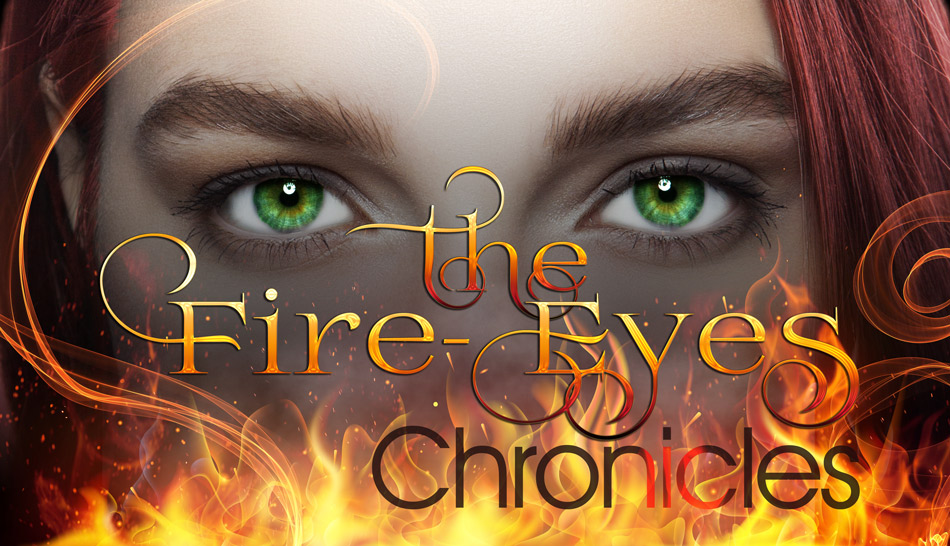
Fire-Eyes Chronicles Cover Logo by Avalon Graphics LLC
The series opens in the Great Forest in the far north of the Hheserakhian Empire, an area to which I have given a strong Norse influence. For the various legends I had in mind for my Empire, I read a great deal of mythology and folklore, finally settling on a mix of mainly Norse and English tropes which should be sufficiently well-known to add familiarity to my unfamiliar world. For example, the first legend is both a love story and a creation myth and features aspects loosely based on the story of Ymir from Norse mythology, but it’s told with dragons rather than Norse gods. Another tells the story of how the elves got their pointed ears and features a creature from Swedish folklore. There’s even some pixie lore in there, too. It is enormous fun to take a basic concept like a creation myth and play around with it, but it’s important to get the balance right so that the folklore or history enhances rather than dominates. That’s why I chose tropes and themes which most cultures seem to feature in some form, and placed them alongside the dragons, elves, goblins and trolls which populate my world. In some of the stories, the folkloric element is actually quite a minor detail.
For me, using folklore in this way allows me to provide the reader with an anchor to something familiar whilst completely immersing them in the unfamiliar world or situation I have created. Plus, there’s the added bonus of learning new and fascinating things during your research which inspires other projects beyond the scope of your original idea – this happens to me all the time and is why The Septillion of Hheserakh exists!
Finally, I would like to thank Dedra and Rodney for inviting me to be a guest on their blog and letting me share a little about my writing.
I’m a member of the Exeter Authors Association – you can find out more about them here.
You can find out more about my work at:
Web: www.traceynormanswitch.com
Twitter: @WITCHplayCoS
Facebook: @TraceyNormanWITCHBook
Web: www.thefireeyeschronicles.co.uk
Twitter: @fireeyeschron
Facebook: @TraceyNormanAuthor
You can read my folklore column Folkmoor, which I write with my husband Mark Norman, in The Moorlander newspaper – find out about them and subscribe here.
You can read my Lovecraftian horror Dark Words in two ways – it features in Secret Invasion, a charity anthology raising money for MIND, and you can order here.
If horror is not your thing, it’s also in the anthology Fairy Tales and Folklore Reimagined, which you can buy on Amazon here.
My children’s book, Sammy’s Saturday Job (ages 3-7) is available on Amazon as an ebook or paperback here.
You can also get a signed copy direct from myself.
I am performing dramatic readings from The Septillion of Hheserakh at the Chilcompton Fringe Festival at the end of August 2018, after which it will be available as an ebook and paperback on Amazon. Again, you will also be able to get a signed copy direct from myself.

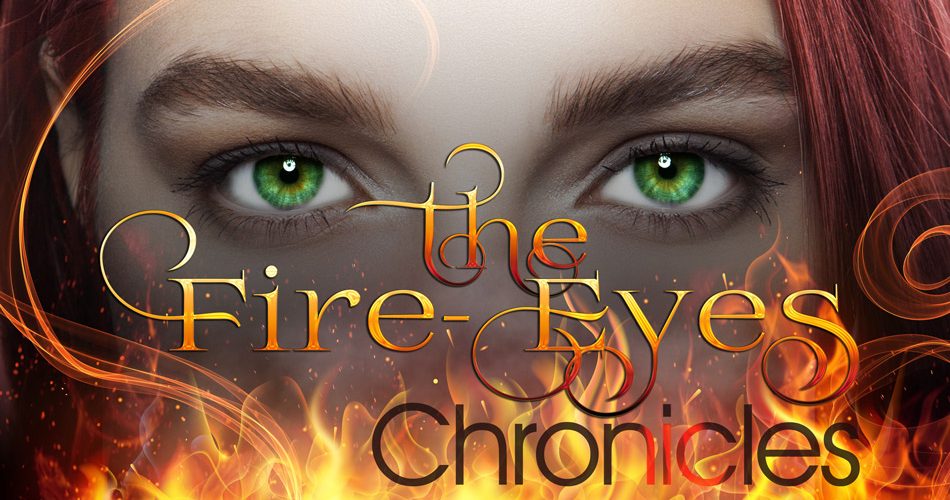
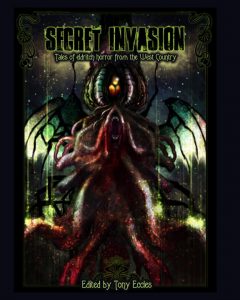
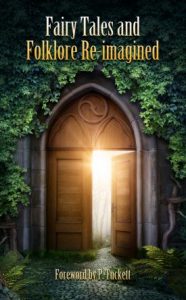
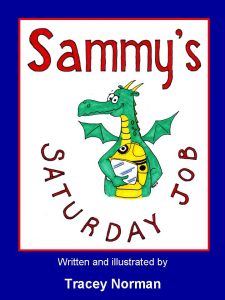
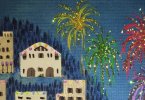
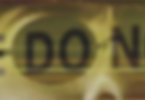
Leave a Comment